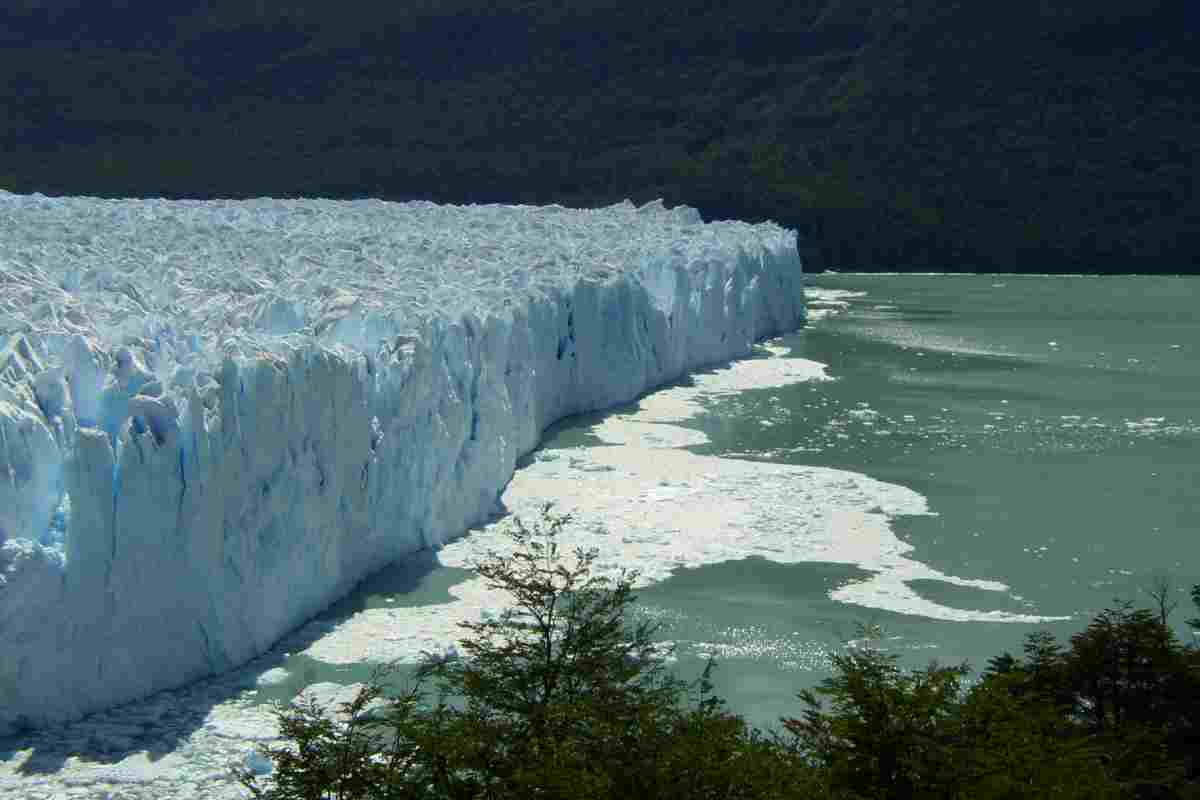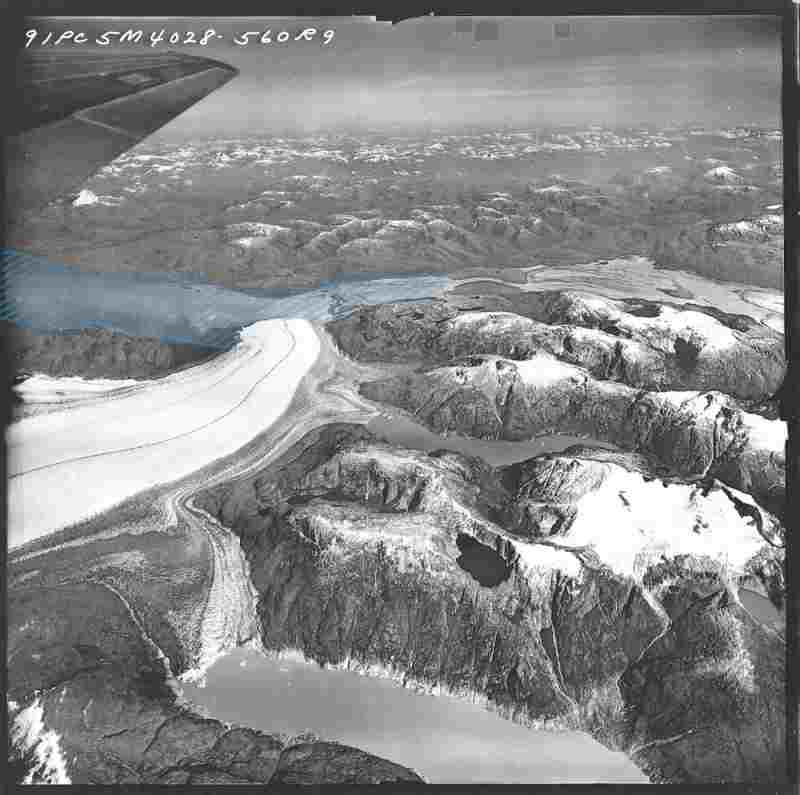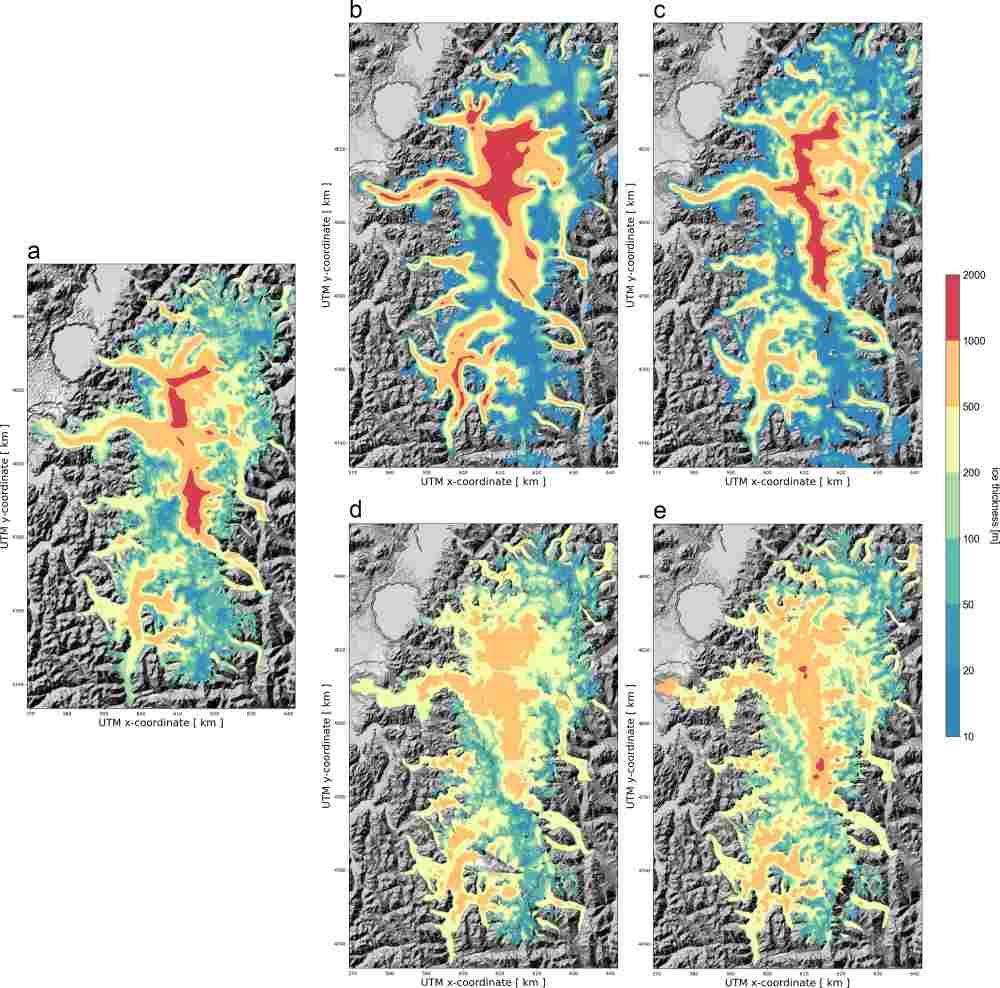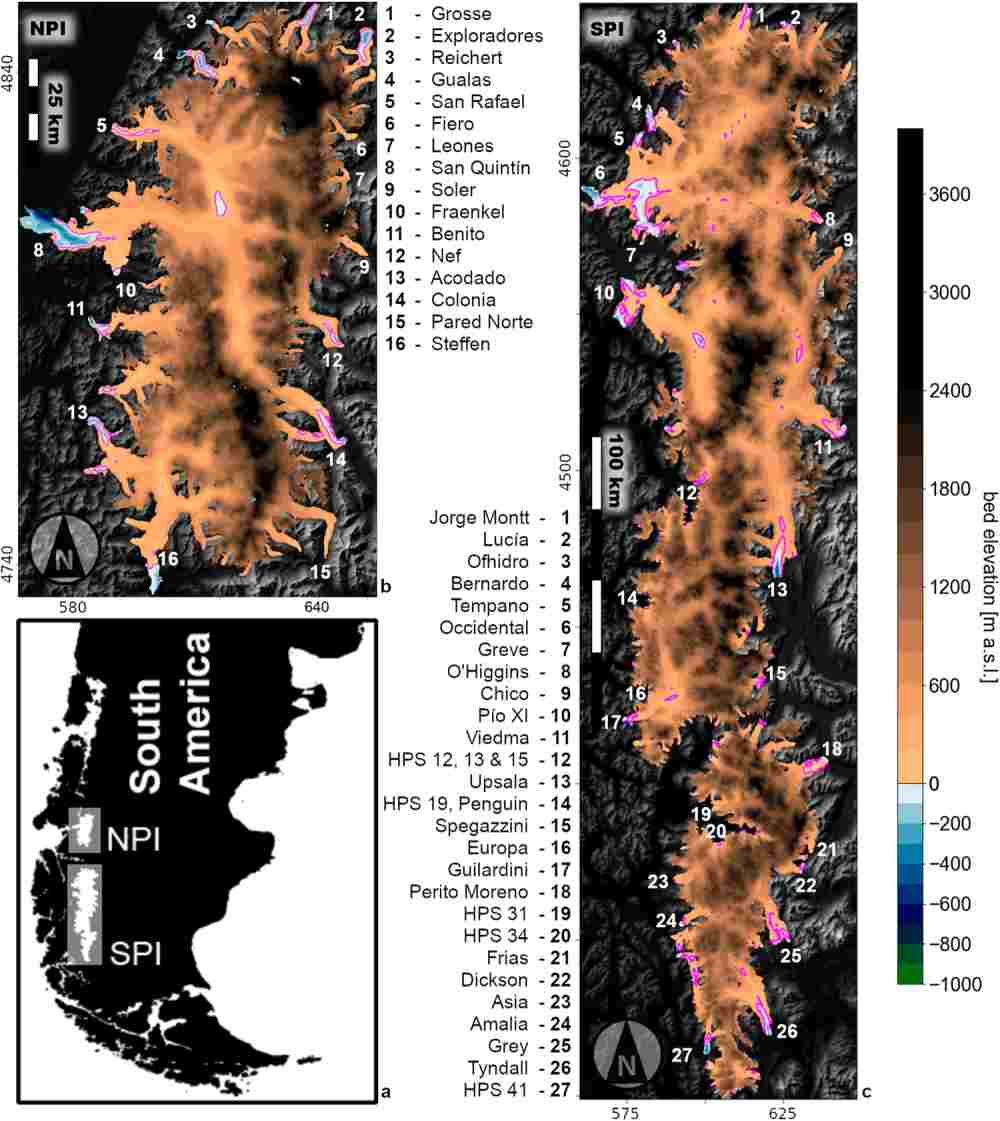We are used to thinking that to manage anger we have to smash something or let off steam, for example by going for a run, but in reality these activities only make us more aggressive. Here are the best ways to find calm simply and in a few minutes.

Table of contents
Ohio State University scientists shed light on why resorting to breaking things or running to manage anger might actually amplify aggression instead of alleviating it. To truly find solace, we should turn to breathing, meditation, yoga, or even counting to ten. Let’s delve into the reasons why.
What is anger?
Initially, anger is a justified emotion aimed at propelling us towards self-defense for survival. However, when anger deepens and becomes a source of suffering, it morphs into an emotion that veers away from survival, trapping us in a detrimental mental and physical loop.
The nature of emotions and how they operate
According to the Schachter-Singer theory, all emotions, including anger, consist of a physiological component—our body’s activation—and a psychological component, which is how we perceive and interpret what we’re feeling. Essentially, our emotions are intimately linked to the activation level of our organism.
The study on anger
Drawing from this theory, Ohio State University scientists conducted a meta-analytical review of 154 studies involving 10,189 participants across various genders, ages, and cultures. They discovered the key to managing anger lies in lowering arousal levels, which is the degree of excitement or activation in response to a stimulus, characterized by physiological changes such as increased heart rate. The goal is to decelerate our bodies and reduce arousal.
“Dispelling the myth that venting anger is beneficial is really important,” stated Brad Bushman, a communication professor at Ohio State University and one of the study’s authors. “Although venting might seem like a good idea, there is not a shred of scientific evidence supporting the catharsis theory.”
“To reduce anger, it’s better to engage in activities that decrease arousal levels,” Bushman explained. “Contrary to popular belief, even running is not an effective strategy because it increases arousal levels and ends up being counterproductive.”
Physical activity vs. meditation
The scientists evaluated activities that either increase arousal, like hitting a punching bag, jogging, cycling, or swimming, and those that decrease arousal, such as deep breathing, mindfulness, meditation, progressive muscle relaxation, and yoga. The findings revealed that arousal-reducing activities were effective in mitigating anger.
“It was quite fascinating to see that progressive muscle relaxation and relaxation in general could be as effective as mindfulness and meditation approaches,” mentioned Sophie Kjærvik, one of the study’s authors. “And yoga, which might be more stimulating than meditation and mindfulness, is still a way to calm down and focus on breathing with positive effects for reducing anger.”
Why jogging doesn’t work against anger
Among the ‘exciting’ activities, jogging was found to most likely increase anger, while physical education classes and ball sports decreased arousal, suggesting to the researchers that incorporating a playful element into physical activity could either boost positive emotions or counteract negative ones.
“Some physical activities that increase arousal may benefit the heart, but they are certainly not the best way to reduce anger,” Bushman concluded.
Let’s experience deep breathing together
Sitting comfortably with a straight back, chin parallel to the floor, and hands resting on the knees, close your eyes and begin to breathe solely through the nose. Feel the cool air enter, pass through the chest, expanding the rib cage outward, then exhale, feeling the rib cage retract inward as the warm air ascends, passes through the chest, and exits through the nose. Repeat this breathing 10 times, and that’s it.




